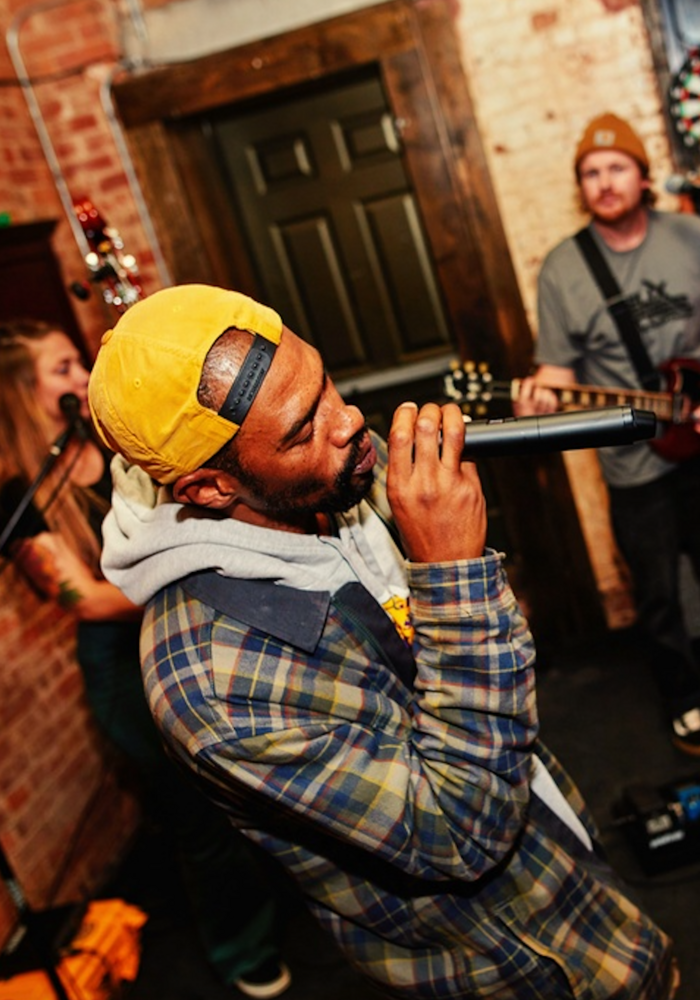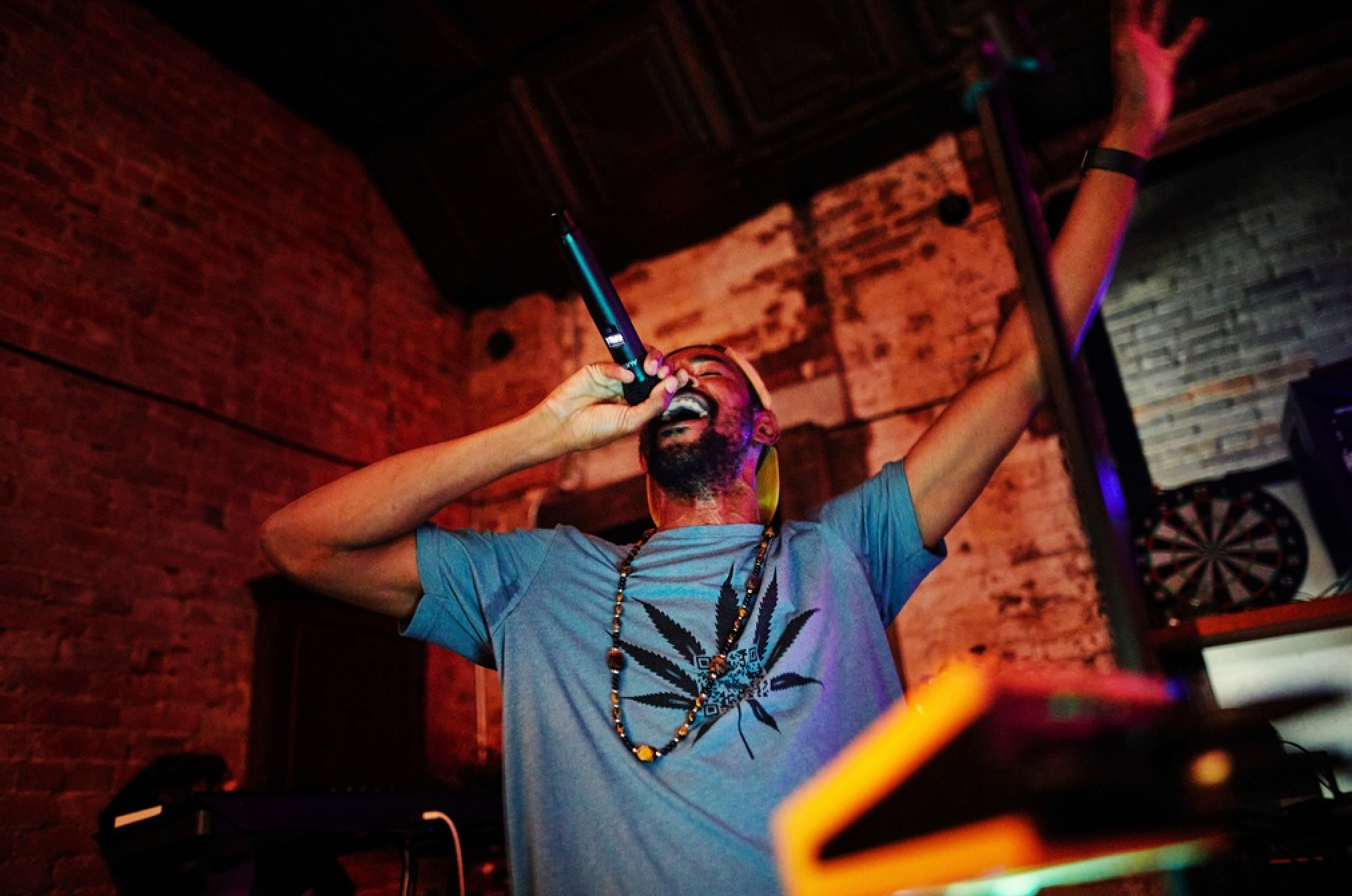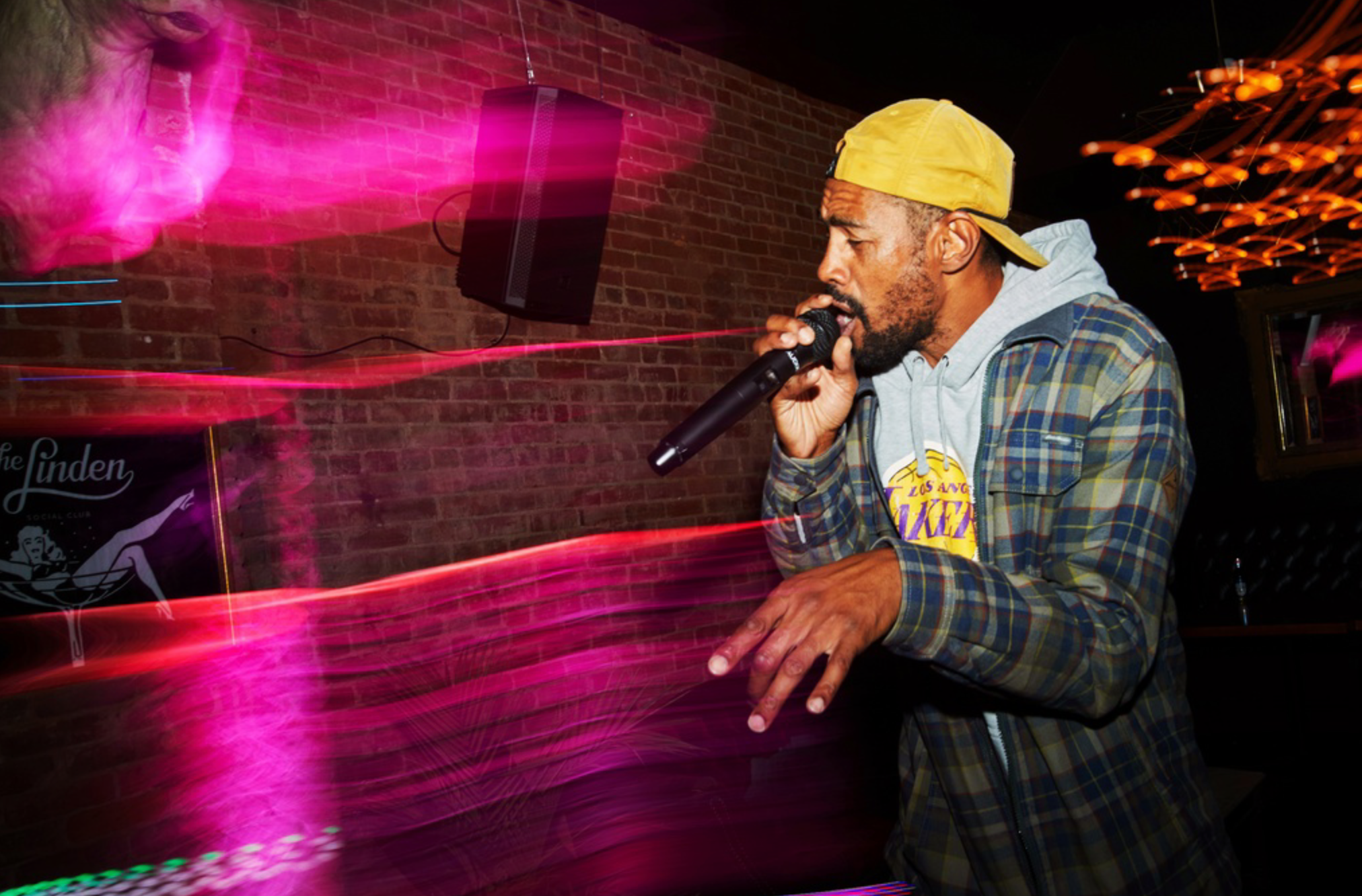Felix Free explains how he went from a group of “10 freaky hippies” touring the West Coast in a school bus converted to run on vegetable oil to a spiritual rapper and family man living in upstate New York.
“I started rapping in 1993, in ninth grade,” recalls Free from his home in rural upstate New York.
“My older brother had friends who were producing music at the time. It was serious gangsta rap as this was the peak era of songs about 40-ouncers and smoking blunts, but what I gravitated to were the skills of freestyling, beatboxing and dancing. I’ve loved hip-hop culture since it first hit L.A around 1985. But in ’93, something just grabbed me, and I ran with it.”
In the early 2000s, Free was doing social work in Hollywood with the homeless and runaway youth where he met J Brave – “I used to give it to him on the basketball court,” he chuckles.
“We were playing one day and some beats came on and I just started freestyling. No one knew me at the time. I had a good job and wasn’t interested in rapping professionally. But J wanted to do music with me. One day, he just hit me up and I said, ‘Okay, you take a job at this centre helping kids with me, I'll start doing music with you’.”
J Brave took the job, and Free stayed true to his word. The two quickly became friends and moved into an apartment in Venice Beach where they started recording together.
“We moved right above a really dope artist named Myka 9 from a group called Freestyle Fellowship,” he says. “They are historic in terms of freestyling – they took the rap improv game in L.A to a higher level. It was Myka that pushed us to form a group.”





